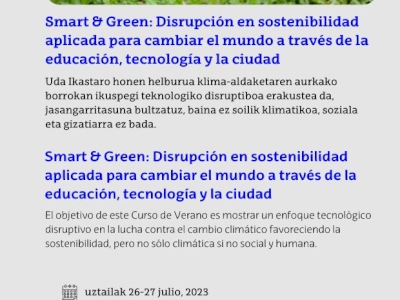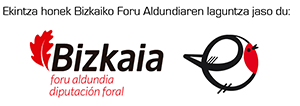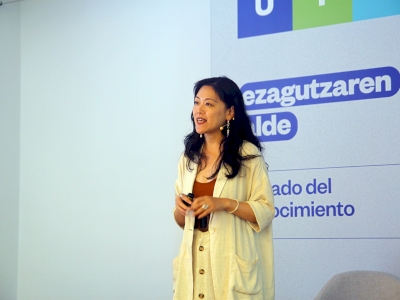digitalWorld

New low cost technology to avoid collisions between drones
Julián Estévez, a researcher at the Engineering School of Gipuzkoa, has developed a low-cost autonomous navigation technology so that two or more drones do not collide with each other in the air; for this, it only uses internal cameras and sensors. It has achieved positive and promising results.
As the Computational Intelligence Group of UPV/EHU has verified with a study carried out with some drones, "it is a low-cost technology, but the solution we have developed has been successfully validated in commercial drones". “Using a simple low-cost equipment and an algorithm based on artificial vision, we have developed a robust technology to successfully avoid collisions between drones based on color identification. This technology can easily be extrapolated to most commercial and research robots in the air and, in addition, we provide the complete software code of the solution", says Julián Estévez, a researcher at the University of the Basque Country.
Most drones we know are manned, even when they are out of sight of the operator. A drone, to be completely autonomous, must be able to make flight decisions on its own, without human intervention; that is, he alone has to decide how to avoid collisions, how to maintain directions in gusts of wind, how to control flight speed, what to do to avoid buildings and trees...
"This work is a small step towards completely autonomous navigation - without any human intervention - so that drones can decide for themselves what to maneuver, what direction to take and, thus, what to do to avoid collisions between them or other obstacles in the air. If we accept that in the future there will be many more drones in our airspace offering commercial services, our work is a small contribution in that direction", said Julián Estévez.
As the author of the study explains, "our proposal to avoid collisions does not require the drones to exchange information with each other; instead, they only use internal cameras and sensors”. "We get the signal from the camera inside the drones, and by processing the images, we adjust the reactions of the robots so that they fly gently and with great precision", adds Estévez.
Experiments have attempted to mimic realistic drone conditions, i.e. scenarios that might occur in a typical urban area, uncontrolled lighting conditions, drones flying in various directions, etc. Therefore, the contributions made are focused on real-world applications, even though the initial work was done in the laboratory.
Algorithms based on color
"We put a red card on each drone, so that the software algorithm can detect an approaching drone and measure its proximity", explained Julián Estévez. "Our proposal - continued the researcher - is very simple: each drone has a camera inside, and the screen is divided into two parts (left and right). This camera is always looking for the red color of the cards we mentioned earlier. Through simple image processing, we can find out what percentage of the camera is taken up by the color red, thus determining whether most of that red area is on the left or right side of the screen. If the red area is mostly on the left side of the screen, the drone will fly to the right to avoid collision. If the red area is on the right, it will go to the left. All drones in the air will do the same."
"Also, the increase in the percentage of red color on the screen means that the drones are approaching face to face. So, when crossing a threshold, the robot will know that it has to make an escape maneuver. All this happens autonomously, without the intervention of a human operator. It's an easy way to avoid collisions, it can be done through sensors and equipment, and it's also low cost!” emphasized Julián Estévez. Something similar happens when a person is walking down the street and sees someone approaching from the left; in that case, the person tries to withdraw to the right, so as not to bump into each other.
Additional information
This is how Julián Estévez introduces himself on his website:
"Currently, I am an associate professor in the Department of Mechanical Engineering and I am attached to the Engineering School of Gipuzkoa (Donostia). In recent years I have taught different subjects related to the degree of Mechanical Engineering, Civil Engineering and Technical Architecture".
"I am an industrial engineer with a doctorate in computer engineering. I do research in the Computational Intelligence Group of UPV-EHU, which has been recognized as group A in the Basque university system. My research interests are mobile robotics, applied to machine learningare artificial intelligence and data analysis".
"Also, I have been actively promoting science and technology for years on social media, in the press and at public events."
Multimedia
Smart & Green Fundazioa Summer Courses from UPV/EHU

What are you waiting for? Sign up
Blockchain Conference La Rioja









